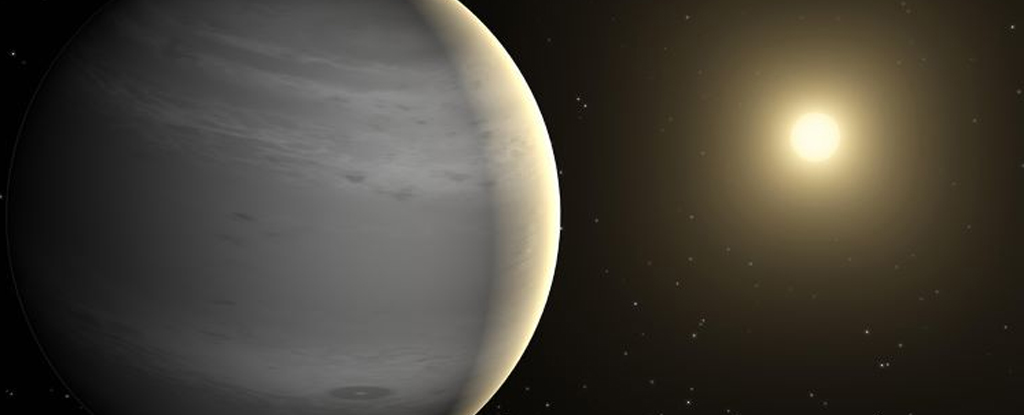Two new objects have recently been discovered in the HD 104067 system. Their configuration is interesting because the world closest to the star can be exposed to very powerful tidal forces from the other two. They can heat up the planet to incredibly high temperatures, scientists say.

News from the HD 104067 system
Astronomers have recently discovered two new planets in the HD 104067 system. The head of the research team, Stephen Kane, a professor at the University of California at Riverside, believes that this can lead to a very interesting effect.
Kane has been researching exoplanetary systems for many years and is well versed in how celestial bodies can influence each other. His attention was attracted by another observation made by the Transiting Exoplanet Survey Satellite (TESS).
This orbital observatory has already discovered more than 5,000 planets and another 10,000 are considered reliable candidates. It is difficult to list all the kinds of worlds that it has managed to discover. However, this time TESS made a really interesting discovery.
The HD 104067 system was previously known as the habitat of a giant planet orbiting its fairly small star in 55 days. New research has shown that there should be another object in it very close to the sun. It has a diameter comparable to the Earth, makes one orbit in just 2.2 days and received the designation TOI-6713.01.
However, this is not all. Kane and his team concluded that there should be a third planet between these two. It has dimensions comparable to Uranium and makes one orbit in 13 days. All this, according to scientists, makes the system really interesting.
Tidal heating of the planet
Most of all, researchers are concerned about what is happening on the planet closest to the star. The star should heat it up very much with its radiation, but 2.2 days is not a record low orbital period. What is much more important is how it is influenced by the other two worlds.
When two massive bodies are close to each other, their gravity gradients slow down each other’s orbit, while the smaller of the bodies always remains facing the larger one with the same side. The Earth and the Moon can be an example here.
But if several smaller, but still massive objects orbit around the larger of the bodies close to each other, then the one with the narrowest orbit experiences another influence that deforms it in the opposite direction to the one in which the central object spins it. In the Solar System, a typical example of what this leads to is Jupiter’s volcanic moon Io.
However, TOI-6713.01, according to the researchers, should experience 10 times more powerful tidal effects from other planets than Io. The gravity of the neighbors can heat up the planet to an incredible 2,600 °C.
At the same time, the HD 104067 system has one significant difference from the moons of Jupiter. The planets are not in resonance here, that is, the periods of their orbits do not correlate as integers. However, the two outer planets are quite massive and at the same time orbit in eccentric elongated orbits. This causes the internal TOI-6713.01 not only to deform and heat up, but also to change the eccentricity of its own orbit.
It is important to note that TOI-6713.01 was opened by the transit method. It was found because it was hiding its star from us. This method is quite common, but the planet is still too small for its reliable application. That is, everything may not be as scientists think.
According to www.universetoday.com
Follow us on Twitter to get the most interesting space news in time
https://twitter.com/ust_magazine


